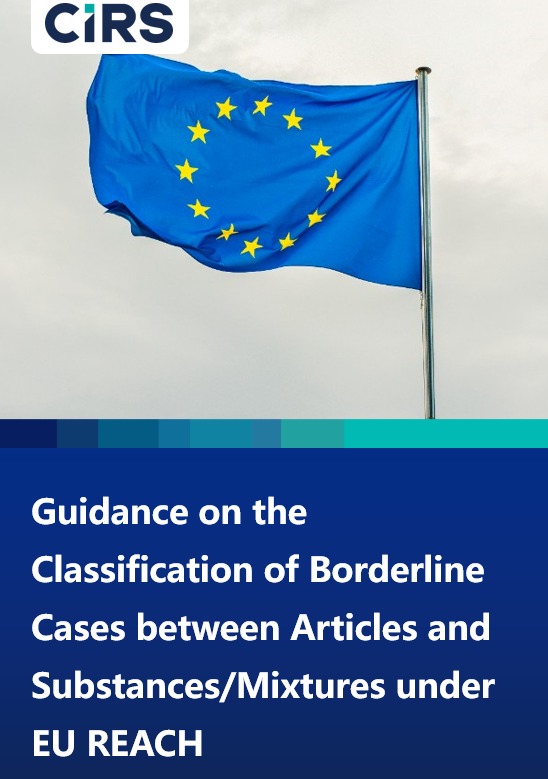On November 5, 2025, the European Chemicals Agency (ECHA) announced the official designation of 1,1’-(ethane-1,2-diyl)bis[pentabromobenzene] (decabromodiphenylethane, DBDPE) as a Substance of Very High Concern (SVHC). This decision followed unanimous agreement by the EU Member State Committee (MSC) during its October meeting, where DBDPE was recognized for its very high persistence and bioaccumulative potential (vPvB) under Article 57(e) of the REACH Regulation. Widely used as a flame retardant across multiple industries, this classification will support potential future restrictions on brominated flame retardants.
Newly Added SVHC Substance Information
|
Substance name |
EC number |
CAS number |
Reason for inclusion |
|
1,1'-(ethane-1,2-diyl)bis[pentabromobenzene] |
CAS No. 84852-53-9 EC No. 284-366-9 |
Very persistent and very bioaccumulative, vPvB (Article 57e) |
Flame retardant |
SVHC List Summary (As of Now)
- SVHC Candidate List: 35 batches, totaling 251 entries.
- Pending Substance: 1 (resorcinol).
- Under Consultation: 3 substances.
- Proposed Substances (not yet open for public comment): None.
ChemRadar Insights
For products exported to Europe containing SVHCs above 0.1%, companies must fulfill information transmission and SCIP notification obligations. If the export volume of SVHCs exceeds 1 ton/year, SVHC notification is also required.
Corporate Responsibilities and Obligations
Companies should note that products containing SVHC substances entail corresponding responsibilities and obligations:
- When the SVHC content in an article exceeds 0.1%, its supplier must provide the recipient of the article with information on safe use;
- Upon consumer request, sufficient and accessible information, including the substance name and its content, shall be provided free of charge within 45 days;
- If the annual export volume exceeds 1 ton, importers and producers of the article must also submit a notification to ECHA within 6 months from today;
- Starting from January 5, 2021, articles containing more than 0.1% of substances listed on the SVHC Candidate List must also submit relevant information to ECHA's SCIP database;
- Substances on the SVHC Candidate List may be added to the Authorization List in the future, at which point companies must apply for authorization to continue their use.




